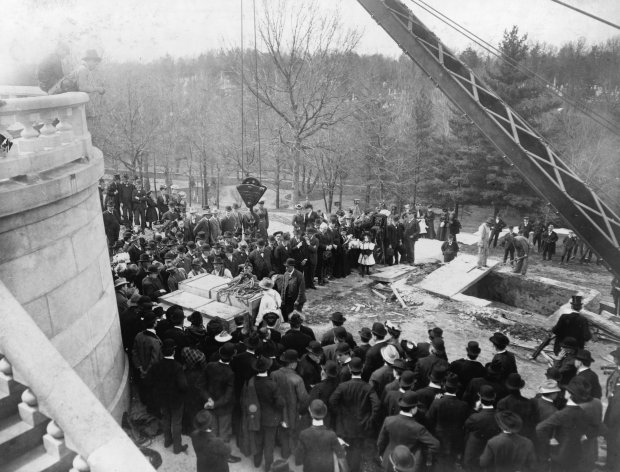Here’s a look back at what happened in the Chicago area on May 4, according to the Tribune’s archives.
Is an important event missing from this date? Email us.
Here’s the original Chicago Tribune review of every ‘Star Wars’ movie
Weather records (from the National Weather Service, Chicago)
- High temperature: 92 degrees (1952)
- Low temperature: 32 degrees (1954)
- Precipitation: 1.7 inches (1990)
- Snowfall: 0.5 inches (1907)
1865: President Abraham Lincoln was buried in Springfield’s Oak Ridge Cemetery. The Tribune published a full account of the ceremonies.
But it wasn’t the last time Lincoln was laid to rest. Lincoln’s body was moved 17 times between 1865 and 1901 because of “construction and fears of safety of the president’s remains,” according to the Illinois secretary of state’s office.
1886: The Tribune called it, “A hellish deed.” An unknown bomb-thrower at a labor rally sparked the Haymarket Affair on the Near West Side; eight policemen and at least four civilians died.
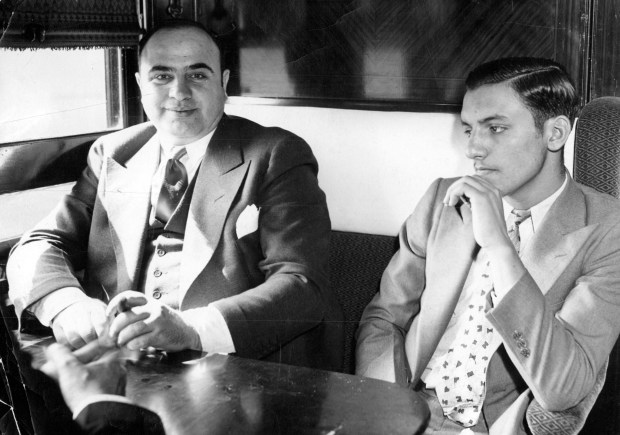
1932: Al Capone was transferred by train to a federal penitentiary in Atlanta. He had been found guilty in October 1931 by a federal jury on five counts of income tax indictments and was sentenced to 11 years in prison and a $50,000 fine.
“What do I think about it all?” Capone told reporters. “Well, I’m on my way to do 11 years. I’ve got to do it, that’s all. I’m not sore at anybody but I hope Chicago will be better off and the public clamor will be satisfied.”
Growing up Capone: An interview with a granddaughter of the legendary Chicago Outfit boss
But Capone didn’t feel Chicago would be better off until Prohibition was repealed.
“Personally, I’d rather be in a legitimate racket,” he said. “It don’t cost so much. There’s too much overhead in my business, paying off all the time and replacing trucks and breweries. They ought to make it legitimate, and if they don’t they’ll find that sending me away won’t help Chicago much.”
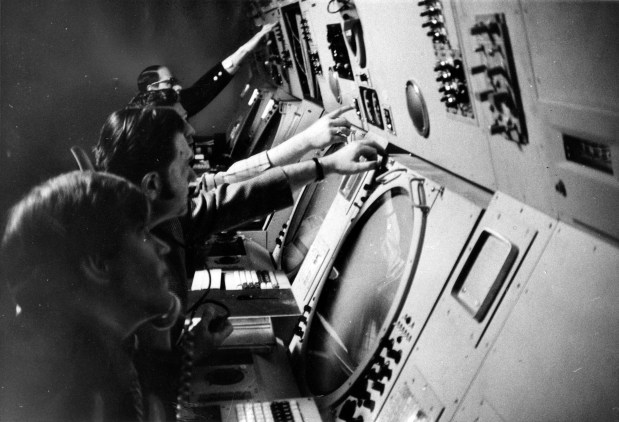
1971: The new 200-foot-tall air traffic control tower topped by a glass crown at O’Hare International Airport became the tallest in the United States. The structure cost $2 million (or $16 million in today’s dollars).
The tower at Atlanta’s Hartsfield-Jackson International Airport — at nearly double the height of the O’Hare tower — is the tallest in the country.
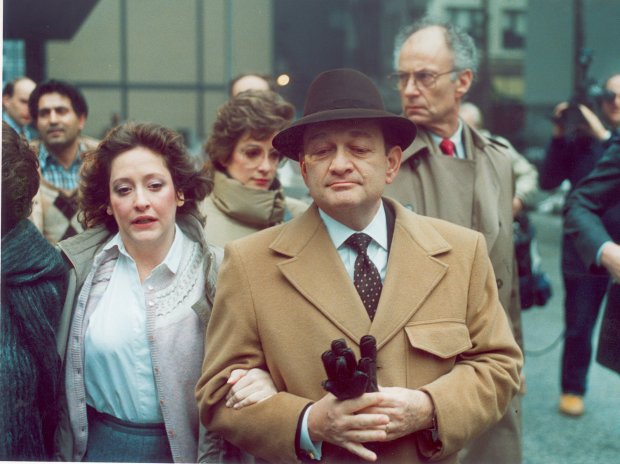
1987: Six Cook County judges tied to Operation Greylord — a federal investigation of public corruption in Chicago — were relieved of their judicial duties. Greylord was a watershed in its use of eavesdropping devices and a mole to obtain evidence instead of relying on wrongdoers to become government informants.
The Dishonor Roll: Meet the public officials who helped build Illinois’ culture of corruption
Nearly 100 people had been indicted, and all but a handful were convicted as part of the investigation. The convictions included 50 lawyers, as well as court clerks, police officers and sheriff’s deputies. Of the 17 judges indicted, 15 were convicted.
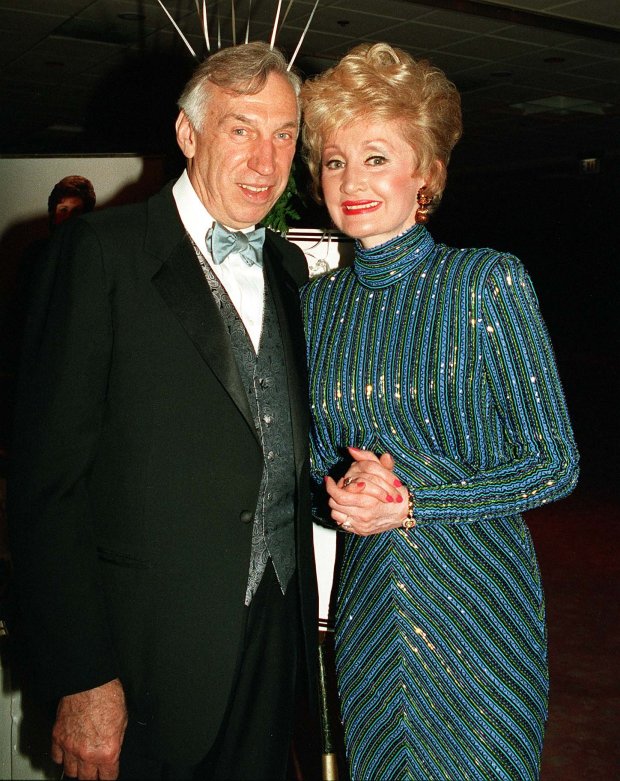
1997: Real estate magnate Lee Miglin was discovered slain in the garage of his Gold Coast home.
Though there was no known link, police suspect Andrew Cunanan committed the crime. Cunanan killed himself on July 23, 1997.
Want more vintage Chicago?
Subscribe to the free Vintage Chicago Tribune newsletter, join our Chicagoland history Facebook group, stay current with Today in Chicago History and follow us on Instagram for more from Chicago’s past.
Have an idea for Vintage Chicago Tribune? Share it with Kori Rumore and Marianne Mather at krumore@chicagotribune.com and mmather@chicagotribune.com


